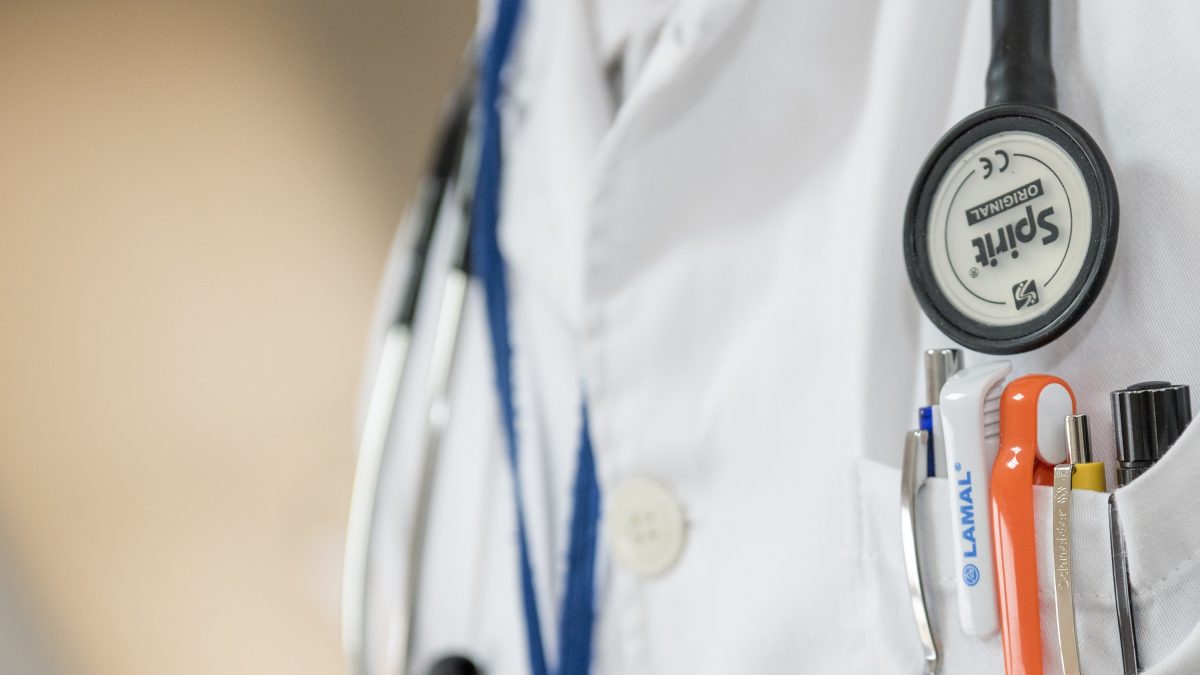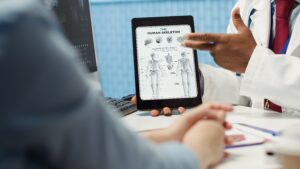So, you have finally reached the most important year of medical school – MS3. You have successfully completed the intense and rigorous coursework, taken tests and passed two years in the classroom. Now it’s the time to begin your clinical years. Third year is a time for clinical rotations when you interact with patients and get the opportunity to learn about different medical specialties.
Unlike the first two years of medical school, clinical rotations are a different game entirely. Most of your time is spent in hospitals and clinics and you have to complete a series of core rotations during your third year. From family medicine to general surgery, internal medicine, psychiatry, neurology and pediatrics, you will get the opportunity to work in a myriad of medical fields.
Many future physicians wonder how to thrive in a new clinical setting and gain hands-on skills to treat patients. Transitioning from basic sciences to clinical sciences can be a stressful time. With effective planning and guidance, you can thrive in your clinical rotations and make your clinical time exciting.
In this post, you will find some useful tips to excel in clinical rotations and make the most out of your time in clinics, wards, laboratories, and hospitals.
Reach out to Peers for Guidance
Before starting your clinical clerkship, it is advised to reach out to your peers and seniors who have already rotated through the clerkship. Your peers can give you useful advice and ideas to stay successful in the clerkship. For instance, they will assist you from where you can find important information, such as how to use medical records, how to use the instrument or device, etc.
Prepare in Advance
It is also a good idea to study common diseases of a particular medical specialty you are going to perform clinical clerkship. Reviewing important information related to the medical specialty will refresh your concepts you have learned in the basic science program. Each patient you encounter in clinical rotations is a great opportunity to strengthen your medical concepts. Reviewing the common diseases and medications will prepare you in advance for your clinical rotation and alleviate pre-rotational anxiety.
Learn How to Interact with Patients
When you rotate in a hospital or clinic, you have to interact with patients, take medical history and perform a physical exam to make the right diagnosis. Therefore, it is important to learn how to take patient history and perform a detailed physical exam. Pay close attention when residents and attendings are taking patient history or interacting with patients. Apply the same trick when interacting with patients and organize the physical exam from head to toe. Keep in mind that clinical students spend more time with patients, students can make the most out of this opportunity and obtain a more detailed history.
Prioritize and Organize Things
Organization is an important skill to become a successful doctor. When you are rotating in a hospital, you will observe a myriad of hospital staff and be bombarded with a lot of information. Prioritizing and dealing with the most important tasks is the key to excel in clinical rotations. Knowing where to spend your time and energy is important to stay organized and focused. Carrying a notebook is a great idea to record what you are observing. You can note down laboratory findings, imaging, physical exam findings, and other important information. Carefully note down what patient is feeling, then check the lab findings and imaging reports to create a patient progress report. Note-taking will help you manage your time and complete your tasks on time.
Polish Your Clinical Skills
Clinical rotations allow students to improve their procedural, history taking and physical examination skills. Fortunately, many students already honed these skills during medical shadowing experience. They can now figure out how to implement these skills in a real-life clinical setting. Performing a detailed physical exam may seem intimidating at first but mastering your organizational skills can help you polish your clinical skills. Focus on performing detailed physical exams and stay focused when performing a diagnostic procedure.
Become an Active Team Player
In the fast-paced hospital setting, staying updated on the patients’ progress is the key to succeed in your clinical rotations. Try to collect every single detail about your patients and present this up-to-date information to help attendings and residents create a better treatment plan. Go the extra mile, challenge yourself and perform a procedure you don’t have enough experience with. Invest additional hours to learn and absorb as much as you can. Take advantage of these opportunities and polish your clinical skills.
Final Thoughts
All in all, clinical rotations are the most exciting time of medical school education that allows students to gain hands-on experience and polish their clinical skills. During clinical clerkship, you will learn how to interact with patients, create a treatment plan, use medical devices and perform diagnostic procedures. You will apply your medical knowledge to real patients to make accurate diagnosis and provide excellent patient care. Third-year medical students can excel in clinical rotations and become a great physician by following these easy clinical rotations tips.








